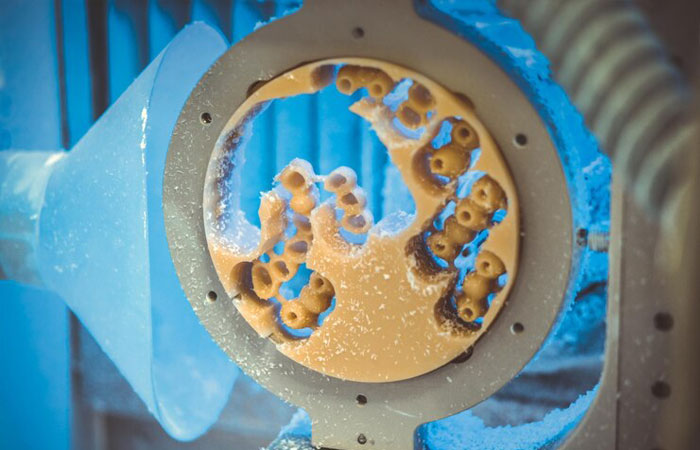In addition to accuracy and precision, the field of medical machining necessitates the careful selection of materials that can handle the particular difficulties presented by medical applications. Selecting the appropriate material is essential to guaranteeing the safety, longevity, and efficacy of medical components, ranging from surgical instruments to implants. The significance of material science in medical machining is examined in this article, which focuses on biocompatible metals, ceramics, and polymers. It also examines how advances in material science affect machining techniques.
The Role of Biocompatible Metals
Biocompatible metals are a cornerstone of medical machining, particularly in the production of implants such as joint replacements, dental implants, and bone plates. Titanium and its alloys, as well as cobalt-chromium alloys, are among the most commonly used metals in this field due to their excellent strength, corrosion resistance, and biocompatibility. These metals are well-suited for long-term implantation in the human body, where they must withstand significant mechanical stress and resist degradation over time.
The machining of these metals requires specialized techniques to achieve the necessary precision and surface finish. Titanium, for example, is known for its poor thermal conductivity, which can lead to challenges such as tool wear and heat buildup during machining. Advances in cutting tools and machining strategies have been developed to address these challenges, ensuring that these materials can be machined efficiently and to exacting standards.
Ceramics: Strength and Biocompatibility
Ceramics are another important class of materials in medical machining, particularly for applications that require high wear resistance and excellent biocompatibility. Alumina and zirconia ceramics are widely used in orthopedic implants, such as hip and knee replacements, where their hardness and wear resistance contribute to the longevity of the implant. These materials also exhibit excellent biocompatibility, making them suitable for use in the body without causing adverse reactions.
However, ceramics pose significant challenges in machining due to their brittleness and hardness. Traditional machining techniques can lead to cracking or chipping, making it difficult to achieve the desired dimensions and surface finish. To overcome these challenges, advanced machining techniques such as laser machining and ultrasonic milling have been developed, allowing for the precise shaping of ceramic components without compromising their integrity.
Polymers: Versatility in Medical Applications
Polymers offer a versatile alternative to metals and ceramics in medical machining, particularly in applications where flexibility, light weight, and chemical resistance are required. Polymers such as PEEK (polyether ether ketone) and UHMWPE (ultra-high-molecular-weight polyethylene) are commonly used in spinal implants, prosthetics, and surgical instruments. These materials are not only biocompatible but also can be easily machined into complex shapes, making them ideal for custom medical devices.
Material innovations in the development of reinforced polymers and composites have further expanded the capabilities of these materials, allowing them to be used in more demanding applications. The machining of polymers typically involves lower cutting forces and temperatures compared to metals and ceramics, but maintaining tight tolerances and achieving a smooth surface finish still requires careful control of the machining process.
Material science is essential to medical machining because it helps choose materials that are suitable for the harsh conditions of medical applications. Producing safe, dependable, and effective medical components requires an understanding of the characteristics and machining problems of biocompatible metals, ceramics, and polymers. The potential for medical machining will only grow as material breakthroughs progress, presenting fresh chances to improve treatment results and patient care.
image courtesy : Design by Freepik



